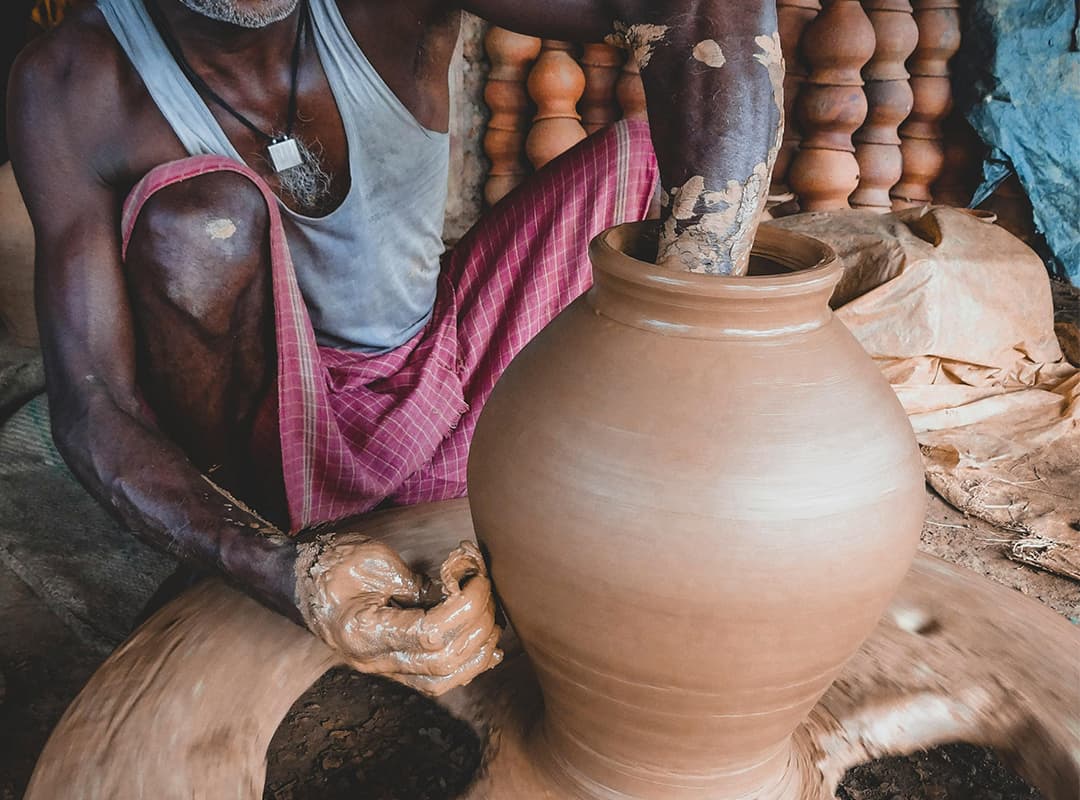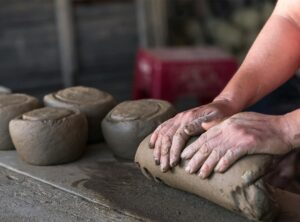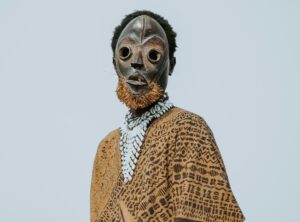The most common language in North Africa is Arabic, while Bantu and Swahili are spoken further south in equatorial Africa.
Creole languages were created by mixing French, English, Spanish or Portuguese with African languages.
In southern Africa, Afrikaans developed as a result of combining various local dialects with the Dutch language. In most African countries, one of the official languages is often a European language, the one spoken by the colonizers.
The art of Africa covers different regional areas, has several historical epochs, but constitutes a single artistic system. The original art of the African peoples developed mainly in western Sudan, on the Guinea coast and in the Congo. It was here that the artistic creativity of the peoples of this continent reached its highest flowering: sculpture, painting and architecture. African fine art is the art of West and Central Africa.
The art of the peoples of East Africa and northern Sudan, the regions where Islam was spread, has a different character. Its influence influenced the development of artistic culture, in which sculpture and painting were almost not represented. A special, local, Bantu-Indo-Arabic culture developed here, connected with Iran, India, and the medieval Arab world. However, both in the northern part of Sudan and on the east coast, the artistic creativity of the local African population was embodied mainly in folk architecture and wood carving.
Monuments of ancient African art were also discovered in South Africa. For example, in the Matopo Mountains in southern Rhodesia, in the 1920s, rock paintings of mythological content, scenes of agricultural and domestic rituals were found. Undoubtedly, these monuments were created by peoples of high culture who were already familiar with agriculture.
In the extreme south of the African continent, in the Dragon Mountains, and in the mountainous regions of Southwest Africa, numerous paintings and drawings have been discovered. The style, subjects, and nature of the images are very different, so it is likely that the rock paintings of South Africa belong to different eras and are monuments to the artistic creativity of different peoples.
Africa is considered the cradle of body art (the art of decorating the naked body). The artistic culture of its peoples has preserved many artistic traditions of primitive society. Therefore, inauthentic art forms associated with the ancient African beliefs about the beauty of the human body have become extremely popular on the Black continent. Tattoos, piercings, body paintings, and changes in the natural proportions of the human body are still widespread in the culture of African tribes.
Both men and women decorated their bodies for decorative purposes and to show their social status (for example, women had tattoos that could be used to determine their marital status, and men’s tattoos showed hunting skills or military victories). Also, for ritual purposes, cuts were made on the body and face in the form of sacred symbols, rubbing a mixture of ash and saltpeter into the wound. After the wounds healed, rough scars formed on the skin.
Piercing of various parts of the body was practiced as early as several millennia BC. Africans wore all kinds of metal earrings that were inserted into their ears, eyebrows, lips, and nose. In general, African tribes are the only social environment where a positive attitude towards piercings has remained unchanged for several decades.
The lands to the west of Egypt were historically called the Maghreb. In Arabic, Maghreb means “the country where the sun sets” or “the west”. Sometimes only the country of Morocco was called the Maghreb.
In the VII-VIII centuries, the countries of North Africa-Tunisia, Algeria, and Morocco-were part of the Arab Caliphate. The art of these nations was called “Maghrebi” or “Moorish”.
The history of the terms “Moors” and “Moorish”, derived from the Greek word for “dark”, dates back to the ancient era, when the Moors were the indigenous Berber population of the ancient state of Mauritania, located in the northwestern part of Africa.
The first significant monuments of Arab-Berber architecture were created in North Africa in the late 7th century. Among them, the most prominent is the majestic Sidioukba Mosque in Kairouan (Tunisia), founded as the cathedral mosque of the city, which was considered “the most dry city of Islam,” its modern appearance was finally formed by the end of the 9th century. The appearance of the Kairouan mosque is characterized by the features of fortification architecture: the building is surrounded by blank massive walls, reinforced by buttresses, with a minaret in the form of a tall and powerful square tower. The main compositional core, a huge courtyard, is surrounded by marble and granite columns supporting horseshoe-shaped arches.
Very little is known about medieval painting in North Africa. Ancient manuscripts have survived, decorated with exquisite geometric ornamentation, dominated by gold and intense blue.
Applied arts, called “Spanish-Moorish”, reached a high level of perfection. Craft workshops produced brocade, expensive silk fabrics, ivory, earthenware, and beautifully decorated weapons. During the early Middle Ages, European countries received precious fabrics almost exclusively from the Arab countries of North Africa and the Middle East, as well as from Sicily and Moorish Spain.
The earliest products of Spanish-Moorish ceramics date back to the second half of the 14th century. These are the so-called Alhambra vases. Among them, the most perfect is the Fortuna vase.


